Get ready to fall in love, twice plus some!!! What a great honor it is to introduce you to Tori, a PhD graduate student in the department of Developmental and Cell Biology at the University of California, Irvine (UCI), with a research focus on Type 1 diabetes and studying beta-cell regeneration.
Truly, ENJOY this precious story of Tori, Sasha and Bentley!
Both my younger sister and I were diagnosed with T1D at the age of 9 months and 2 years old, respectively. We are the only people in our family with T1D. I have had T1D for 24 years and gave myself insulin injections until I decided to make the switch to an insulin pump in July 2020.
As kids, my sister and I always had pets growing up (cats, rabbits, dogs, lizards, turtles, birds, hamsters…you name it!). I did not experience a life without pets until I graduated high school in 2013 and pursued a bachelor’s in science degree in Developmental and Cell Biology at UCI.
When I moved away to college, this was the first time I ever experienced not having a pet in my life. I must admit that it was a very lonely feeling to not come home to a pet after school or working in the lab. Unfortunately, it was not permitted for college students to have pets while living in a college dorm. I did not get my first pet until I was in graduate school at UCI.
I was in the first year of my PhD program and it was the weekend before I had to give a research presentation. My mom was visiting me over the weekend, and I should have used my Saturday to prepare for my presentation.
Instead, I insisted upon going to the animal shelter. That is when I met my cat, Sasha, (white and tabby cat pictured) and well, the rest is pretty much history! I have had Sasha for almost 3 years now. She has been my partner in crime and my biggest support system throughout my PhD.
Getting a PhD is hard enough but trying to get a PhD while managing T1D is an even greater challenge. I don’t think I have ever experienced a rollercoaster of highs and lows in my blood sugars as I have while trying to pursue my PhD.
Sasha seems to know what to do and how to make me feel better. There are times in the middle of the night where I wake up with “low episodes” and Sasha is at my side. Other times, Sasha has awakened me in the middle of the night just before I am about to have a severe low blood sugar. Sasha is my best friend and I would not have it any other way.
Sasha was found as a stray when she was 9 months old and was brought into the shelter with her sister (who was already adopted). I honestly believe someone could not handle Sasha because she was a bit “wild” when I got her and so it took some training. Sasha is a great cat though. She sits on a chair with her paws on the counter every morning before I go into the lab. Sasha eats breakfast with me. She always makes sure I give my insulin because she’s right there playing with my pen and notebook as I log my blood sugars.
Recently, Sasha was registered as an emotional support animal (ESA) through UCI. After COVID hit hard, I had to stop going into lab for about 5 months. When I returned to the campus, I decided to rescue a kitten from the shelter. I was not sure how this would turn out because Sasha can be a bit territorial. However, I brought Bentley home (darker tabby pictured) and, after a few days, the two were inseparable.
The best part about having two cats is what they do for me as I manage my diabetes and stress levels. They make me laugh, have fun, and feel less anxious. I get to watch both Sasha and Bentley chase each other around my apartment and scatter their toys across the floor.
It’s funny how both Sasha and Bentley have their own personalities. Sasha gives great hugs when I get back from the lab and she is all about tough love. Bentley is my shadow and he loves to cuddle all evening long while I watch Netflix after a long day.
Sasha and Bentley bring me so much joy that I love to use them to spread joy to others. This includes showing off their pictures in my lab and to my friends. I also include them in the Bio Genetics course I teach at UCI. COVID seems to be a hard time for not only those of us with Type 1 diabetes … but everyone. My cats not only bring light to my life but to others as well during these dark times.
My only criticism for them as diabetic ESAs is that they need to stop chewing on my pump tubing!
We are so lucky to share Tori’s joy and love with Sasha and Bentley … THANK YOU!
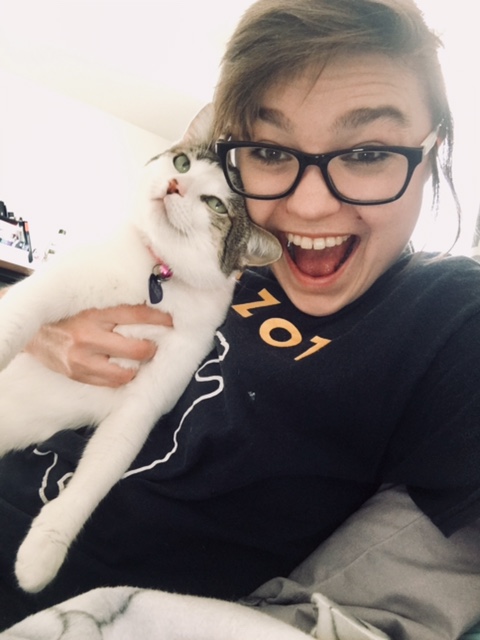
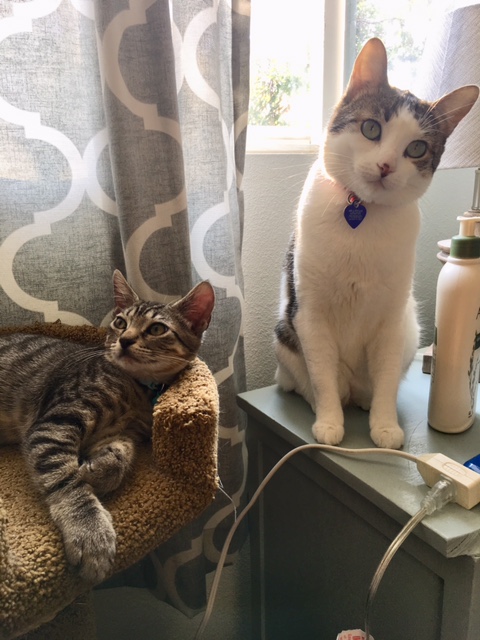

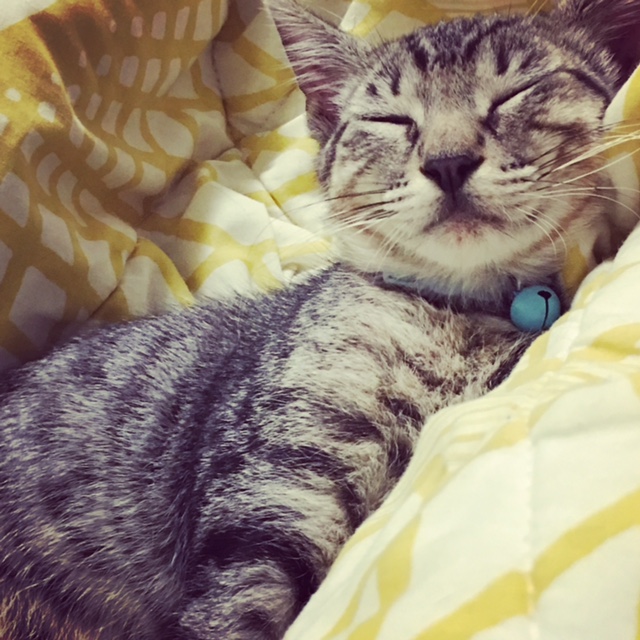
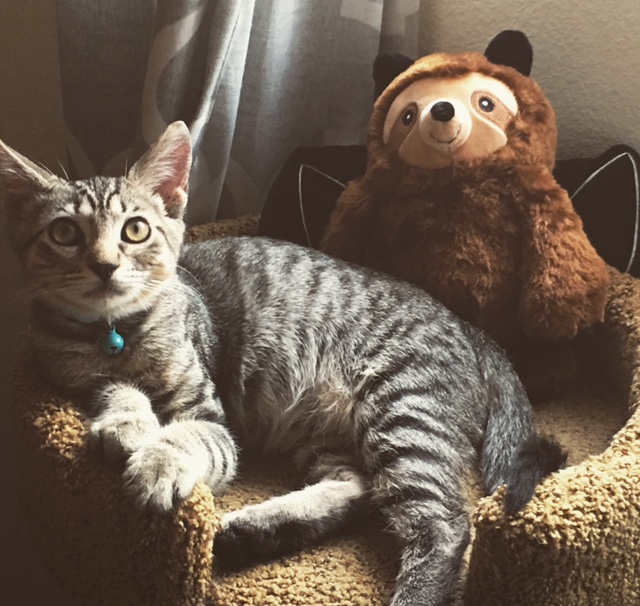
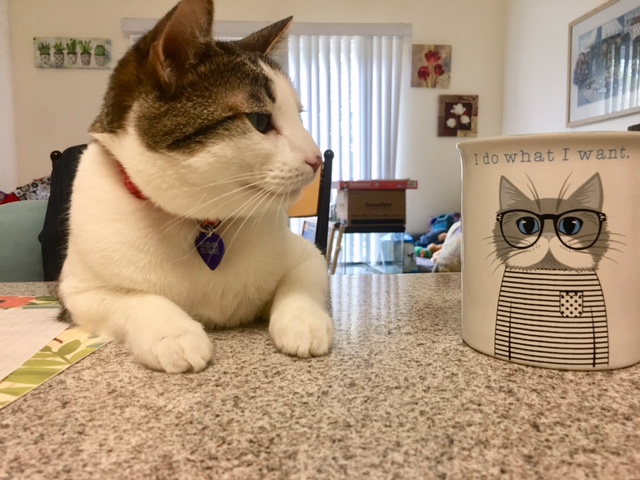


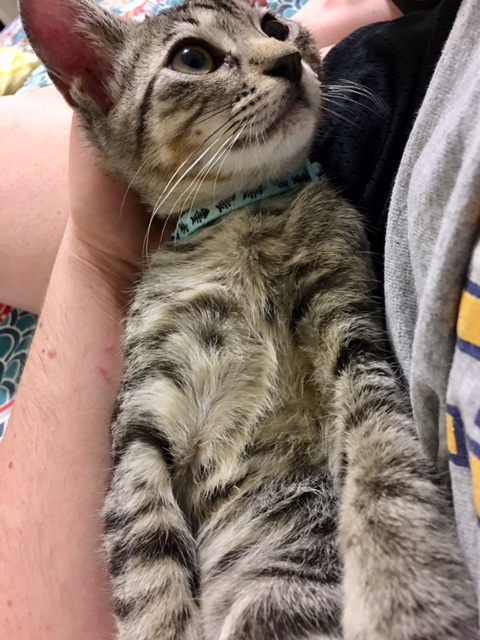
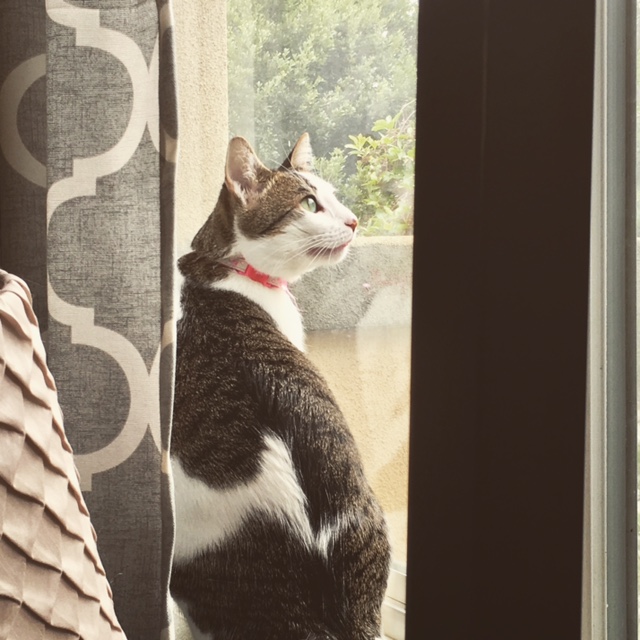
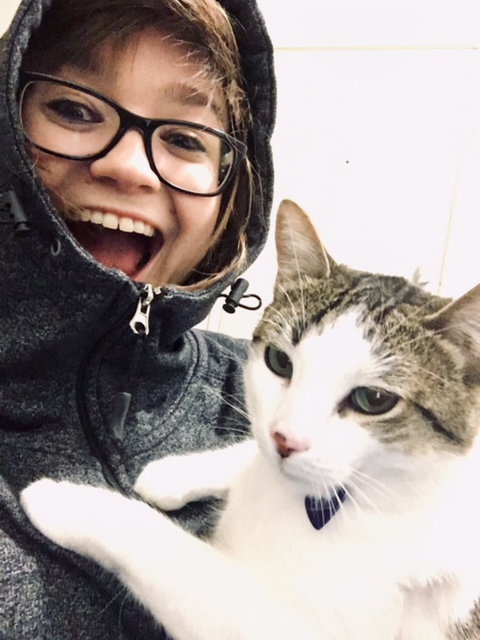
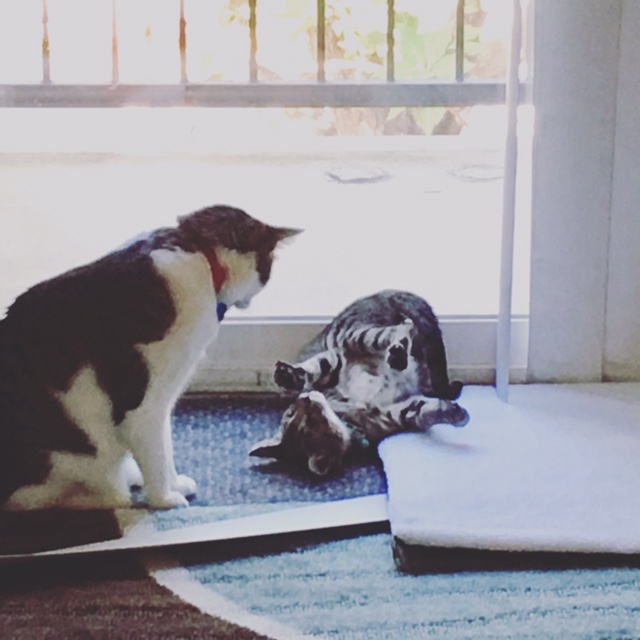
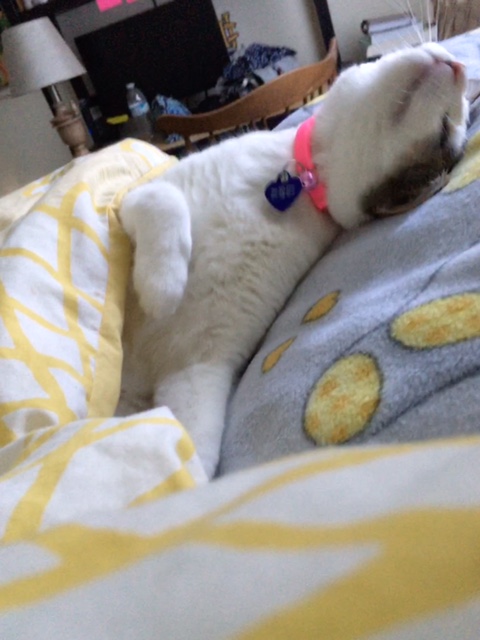
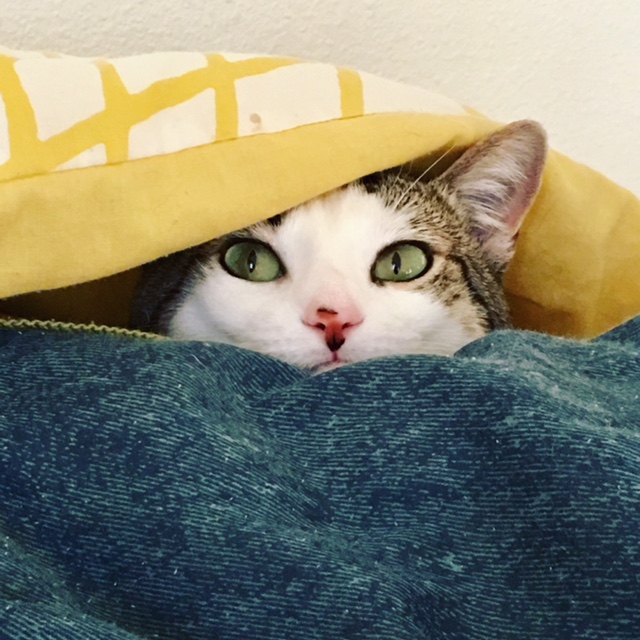





The pictures are fantastic. Thank you to Tori for studying diabetes.
Love this. Sahsa is gorgeous and looks just likely my Maddi (see savvy pets 1/17/2020). I’m so excited by your choice of studies. I am taking a genetic medicine course at community college just to understand more about the genetics of T1. It is interesting but it was decades since I last took science courses so it is tough. I am late onset; Dx at age 51. If you ever need help in any way I live in Orange County.
How wonderful that you all found each other. As Bentley’s foster mom, I feel so blessed to have had such a talented and loving young woman take my kitten to her heart.
As the farther of Tori, I’m so grateful for the kind of person she has become. Smart, stellar, loving, kind, and thoughtful in every way possible.
Yes, her diabetes has challenged her all of her life. Yet, she has a positive attitude to use this life threatening challenge to make a MAJOR DIFFERENCE in the world by focusing each day upon finding a cure that could help millions of others with this chronic disease.
I encourage everyone that has the opportunity to meet and speak with Tori about her experience with diabetes to do so. You will walk away with greater intelligence and her perspective towards the importance of helping others to fight with her for this very worthwhile cause.
Oh yes, dad and mom have enjoyed the addition of Tori’s cat family. – Sasha and Bentley.